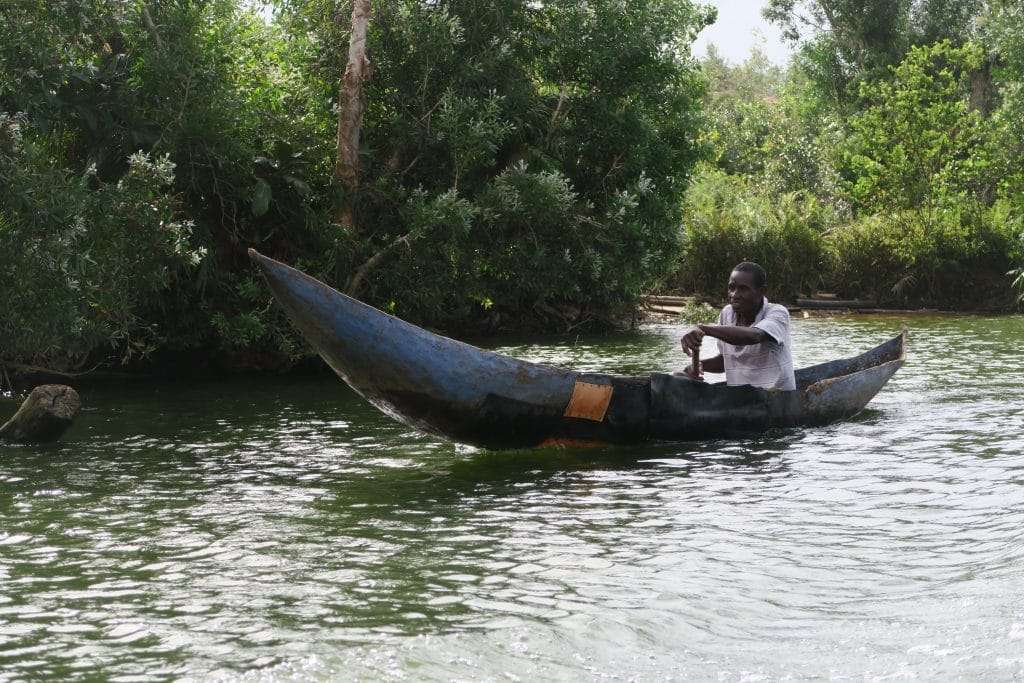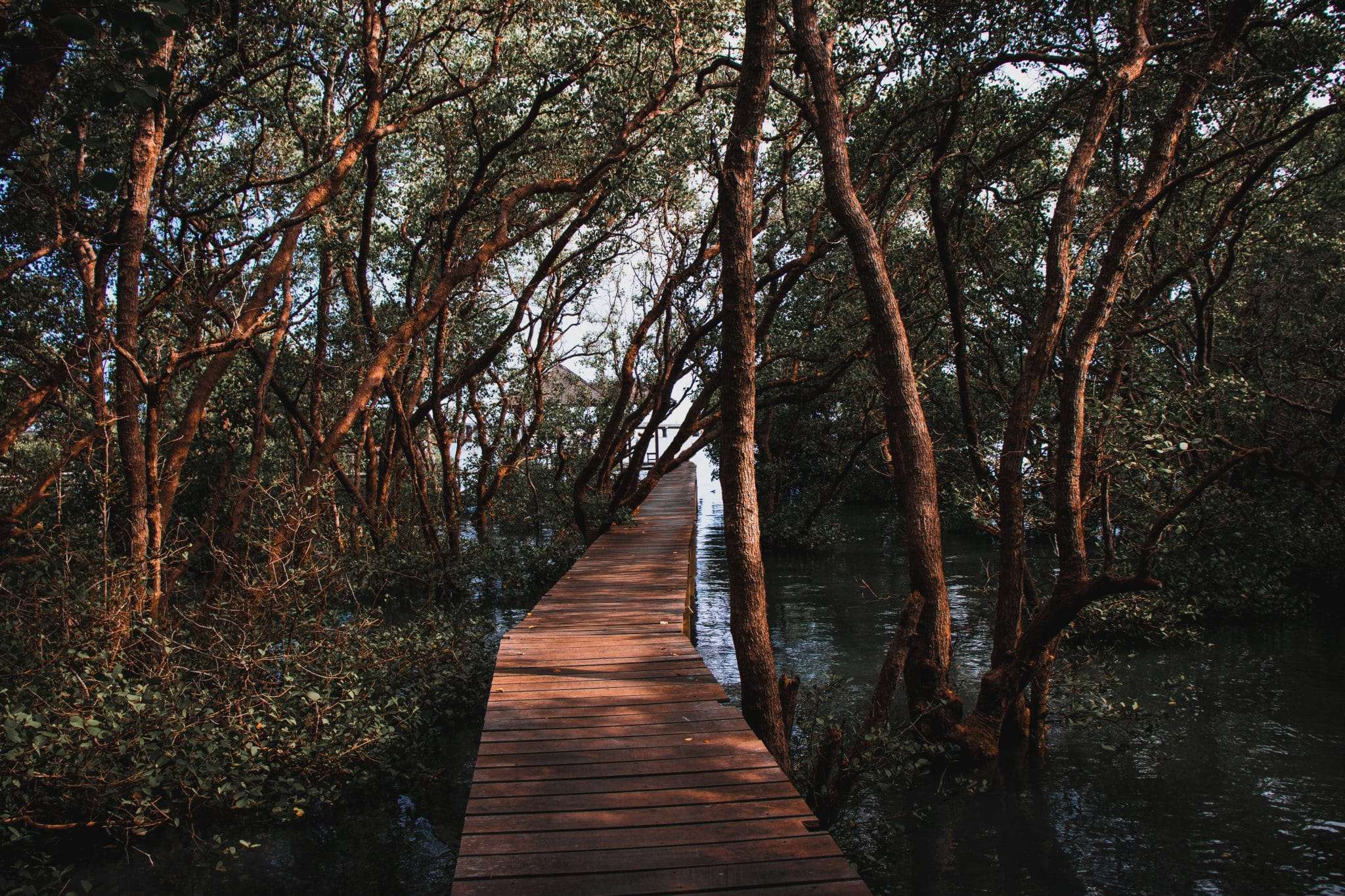With an aim to bring sustainability to the forefront of its business practices, electronics giant Samsung says it will plant two million mangrove trees across Madagascar before the end of the first quarter of 2022.
The world’s second-largest island nation, Madagascar, is about to become more populated—with trees. Thanks in part to a Samsung sustainability project, Madagascar will receive two million mangrove trees over the next three months. Samsung is working with Veritree, a blockchain-based climate change action platform on the initiative.
“Samsung’s sustainability journey is an ongoing and multi-faceted one. Investing in tech innovations, such as those that create efficiency improvements and minimize waste, in combination with nature-based solutions, are vital in the fight against climate change,” Samsung’s Head of Corporate Sustainability, Mark Newton, said in a statement.
The program will include support from Eden Reforestation Projects to plant the two million mangroves, restoring an estimated 200 hectares of land. Samsung says the trees will sequester nearly one billion pounds of CO2 over the course of 25 years.
“Reforestation is one of the best ways to fight climate change. By collaborating with Veritree, eco-conscious brands like Samsung that aim to do good for our planet instead of just less harm can have accurate, ground-level data on their tree planting impact,” said Derrick Emsley, Co-Founder and CEO of Veritree.
Mangroves
Mangroves trees play critical roles in the fight against climate change. They protect coastal areas from flooding and typically sequester more carbon than tropical forests.
According to Jurgenne Primavera, a marine scientist and 2005 Pew Trust marine fellow, compared to other types of forests, “mangroves have very high rates of carbon capture. Most mangrove carbon is found in the forests’ belowground biomass, mainly the roots, and in sediments.” Drier climate forests can’t absorb as much carbon. That 25-year estimate to sequester nearly one billion pounds of CO2 would take land-based trees in North America between 50 to 100 years to do.

Despite their value, mangrove populations around the world have dwindled over the last 40 years. Between 1980 and 200, 35 percent of global mangrove trees were lost. Nearly one in fifty of the world’s remaining mangrove forests has been cut down since 2000. Science says climate change could see most mangroves wiped out within the next three decades.
According to a 2020 paper published in the journal Science, sea-level rise poses big risks for mangrove forests. A process called accretion—the opposite of coastal erosion—brings soil build-up to the roots of the trees, which are submerged in water. The build-up pushes the trees’ trunks and leaves above the waterline.
But rising sea levels would mean accretion wouldn’t be able to support the trees properly. The trees will drown at annual sea-level rises higher than 0.27 of an inch.
On average, according to the researchers, current sea-level rise is at 0.134 inches, with some areas averaging higher than that. The researchers say time could run out for mangroves within thirty years if sea levels continue to rise.
Madagascar’s climate struggles
A steady lack of rainfall across the African nation over the last four years has pushed Madagascar into severe drought—its worst in 40 years. With the drought, more than a million people now face food insecurity. The situation has become so dire that the World Food Programme says it “could spur the world’s first climate-change famine”.
Madagascar is listed as one of the ten countries most vulnerable to disasters. It’s Africa’s most cyclone-exposed country, according to the WFP.

The crisis is so dire that the WFP says people have been pushed to “desperate survival measures” including eating locusts, raw red cactus fruits, or wild leaves.
“There have been back-to-back droughts in Madagascar which have pushed communities right to the very edge of starvation,” WFP executive director David Beasley said last June. “Families are suffering and people are already dying from severe hunger. This is not because of war or conflict, this is because of climate change. This is an area of the world that has contributed nothing to climate change, but now, they’re the ones paying the highest price.’’
The UN and its partners are currently seeking to raise nearly $80 million to avert crisis.
“This is enough to bring even the most hardened humanitarian to tears”, Beasley said.
Samsung sustainability
Samsung says its sustainability efforts date back to the 1970s with the launch of its Econo TV. That model reduced energy consumption by more than 20 percent. The electronics company has recently expanded renewable power across all of its US facilities.
Its eight-step circular process for products helps mitigate resource use and waste accumulation. The company also recently launched Galaxy for the Planet—a sustainability initiative across its mobile product lifecycles and business operations. Last September, it launched its first vegan leather watchbands made with apple waste.

Now, the company says it is “committed to doing our part” to reduce its environmental footprint by embedding sustainability into all of its business strategies and operations, developing innovative products for a circular economy, and empowering “eco-conscious consumers” to make positive impacts.
“But we know there is still so much more work to do,” the company says.


